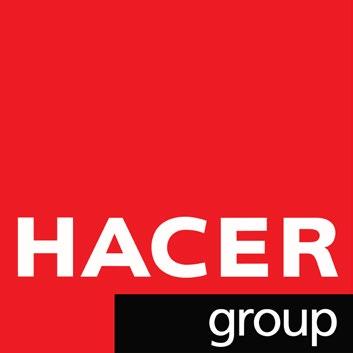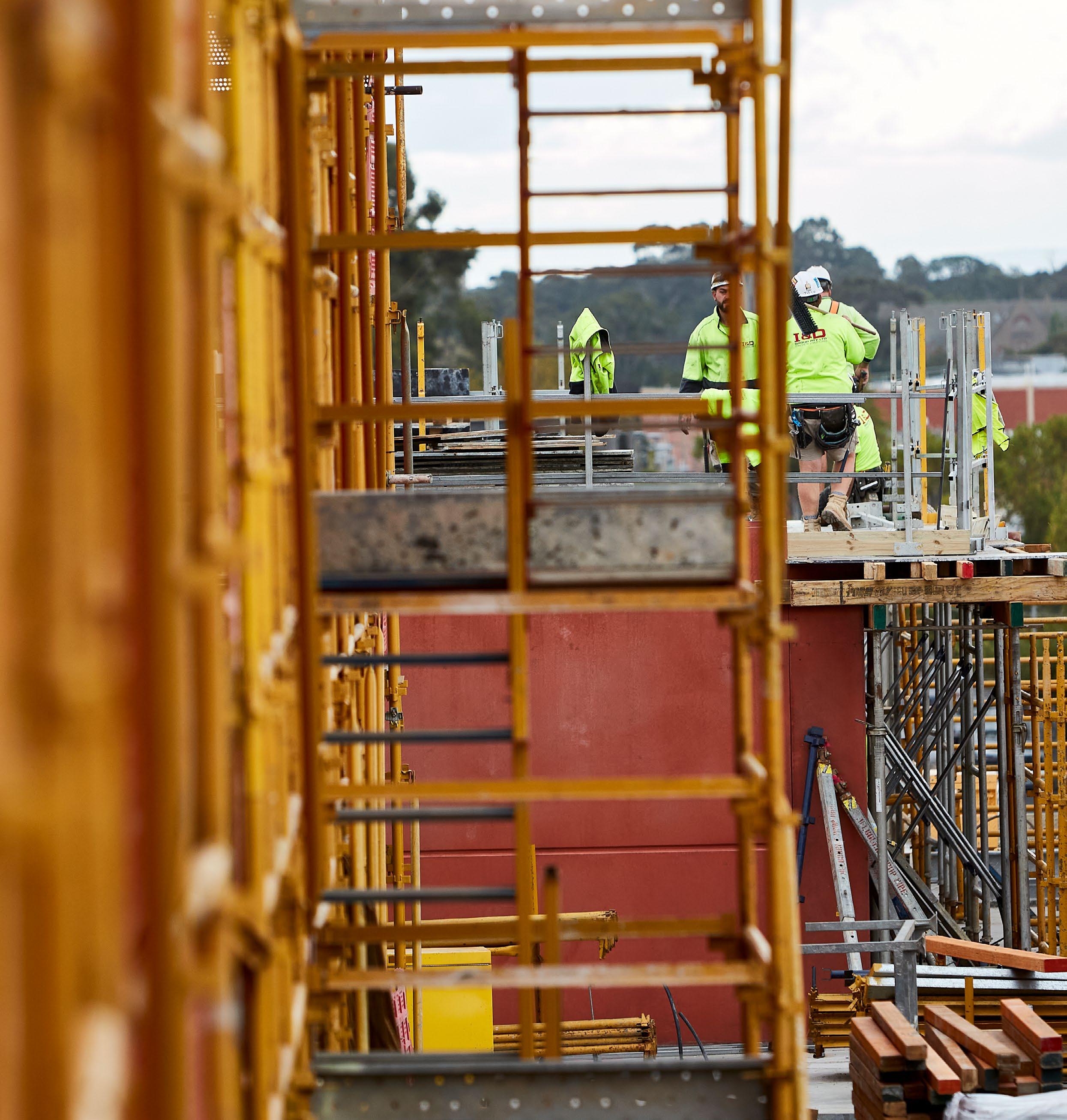





At Hacer, addressing gender inequality isn’t just a compliance exercise. It’s a business imperative.
We want to cultivate a diverse workforce where every team member feels seen and valued. Because we know that’s the key to a thriving workplace.
But we’re also realistic. Gender imbalances in construction are deeply entrenched, which means shifting the dial will take time. And while efforts to improve gender diversity are underway, women remain underrepresented in senior roles.
We are committed to changing this.
Since launching
our Gender
Diversity and Equality Strategy in 2020, we’ve made important strides in building a more inclusive workplace.
But as the latest gender pay gap figures show, there’s still work to do.
While the impact of our efforts may not be visible overnight, we know we’re laying the foundation for a future where women in construction thrive, leadership is diverse – and our industry reflects the society it serves.

The gender pay gap is not the same as equal pay.
Equal pay, otherwise known as pay parity, is where men and women are paid the same amount for the same role (or for different work of comparable value).
And we are proud to report that, at Hacer, no pay parity gaps exist.
We conduct annual salary reviews to ensure like-for-like roles are paid the same, no matter the gender.
When we talk about the gender pay gap, we mean the difference in average earnings between men and women across the organisation.
The Workplace Gender Equality Agency (WGEA) quantifies Hacer’s gender pay gap using two measures:
1. Average remuneration
2. Median remuneration (the middle figure in our list of remuneration values)
The latest figures from the WGEA show a small but positive shift.
Hacer’s average total remuneration gender pay gap has decreased slightly to 34.8% (from 35.1%). However, the median has increased to 42% (from 38.4%), reflecting the ongoing challenges in achieving gender balance at senior levels.
Both figures remain above the industry comparison group figures of 23.6% (average) and 25.9% (median). But we view them as part of a longer journey, not a setback. Moving the needle requires more women in leadership – and that takes time.
What matters now is our commitment.
Every
initiative we introduce, every barrier we dismantle and every opportunity we create moves us closer to an equitable future.
In time, we’re confident these numbers will reflect that progress.
Our gender pay gap reflects a complex interplay of historical, societal and industry-specific factors, like:
◊ Entrenched stereotypes that have led to disproportionate numbers of men to women in leadership and higher-paying positions
◊ Inflexible construction site schedules that hinder capacity for flexible work roles that fit around family commitments
◊ Limited exposure at the high school level to STEM as a career path for girls
The cumulative effect of these challenges has shaped an industry in which women are less likely to hold senior roles. And despite increased efforts to drive gender equity, this legacy means the leadership pipeline still isn’t where it needs to be.
While the overall figures provide an important snapshot, breaking them down by role gives a clearer picture – telling us where targeted action will have the greatest impact.
Unsurprisingly, the data shows the most pronounced gap at senior levels:
◊ Women remain underrepresented in our upper and upper-middle pay quartiles.
◊ Part-time roles – often taken due to family commitments – are far more common among women, contributing to pay disparities over time.
That’s why building a strong pipeline of women into leadership is our focus in the years ahead. Outside the senior levels, there are positive signs:
◊ The pay gap for general managers has fallen significantly - down to 31% from 41.7%.
◊ The professional-level gap is lower than the industry comparison group.
◊ In clerical and administrative roles, the gap is reversed, with women earning more on average than men.
Each shift signals we’re moving in the right direction – and we’ll keep that momentum going.
remains the cornerstone of our approach to change, outlining a commitment to:
◊ Foster a more inclusive and diverse workplace culture
◊ Promote equal opportunities for career advancement
◊ Actively work at the grassroots level to attract more women into the industry
Over the past 12 months, including:
◊ Increasing engagement Group Committee and ran
◊ Expanding industry partnerships: gender equality and prevent
◊ Fostering an inclusive of the business to drive cultural
◊ Improving workplace management, site managers
◊ Strengthening our talent Scholarship Program ($7,000
◊ Creating pathways for career development.
◊ Ensuring a safe and inclusive to allow employees to ‘Speak
◊ Embedding accountability agreements and penalties improve conditions for women
months, we’ve taken concrete steps to drive progress,
engagement in gender equality initiatives: Established a Gender Equality Working ran a company-wide survey to gather insights and implement an action plan.
partnerships: Continued collaboration with Our Watch Institute to promote prevent violence against women in the workplace and community.
inclusive environment: Conducted focus groups and training sessions across all levels cultural change.
culture: Educated staff on gender equality, with dedicated sessions for senior managers and the broader workforce.
talent pipeline: Continued commitment to our Tertiary Female Graduate ($7,000 at RMIT), which guarantees recipients a spot in our graduate scheme.
for leadership: Launched an internal female mentoring program to support
inclusive work environment: Invested in a third-party reporting platform (Rely) ‘Speak Up’ about workplace concerns.
accountability in our supply chain: Introduced gender equality clauses in subcontractor penalties for subcontractors who fail to uphold workplace behaviour standards to women onsite.
Closing
gender pay gap is a complex challenge. But we’re determined to be part of the solution.
Every initiative we implement is laying the foundation for lasting change - creating the pathways, opportunities and support structures that will define the future of women in construction.